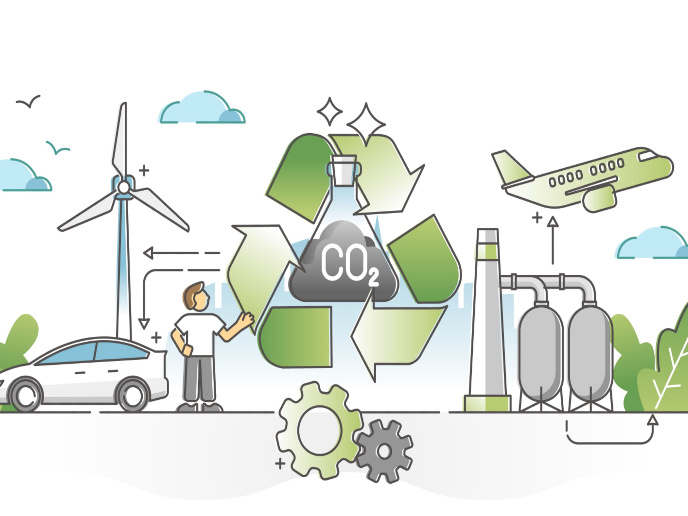Turning an industrial byproduct into bio-sustainable chemicals
As one of the most abundant and renewable organic polymers found on Earth, lignin has the potential to be converted into a range of environmentally friendly, value-added products – including chemicals. A byproduct of the papermaking process, it is also a readily available polymer, with as much as 40 million tonnes being produced every year. Unfortunately, instead of being used as the basis for creating sustainable chemicals, the vast majority of this lignin – up to 95 % – is incinerated as a low-value, high-polluting fuel. The EU-funded LIBERATE project aims to change this by diverting lignin from incineration and, via selective electrochemistry, converting it into value-added products. “The main objective of the project was to develop an electrochemical plant to demonstrate the commercial opportunities of converting low-cost lignin feedstock into high-value bio-sustainable chemicals,” says Francisco Julia, project manager at the Leitat Technology Centre, the project’s coordinating partner. “In doing so, we will help the energy industry become less dependent on imported fuel and reduce its environmental footprint – all while promoting the circular economy.”
From vanillin to chemicals
One of the project’s key achievements was the development of an electrochemical pilot plant capable of converting lignin into vanillin and phenolic mixtures. “Vanillin is the main chemical compound of the extract from the vanilla bean,” explains Julia. “While most people know it as a flavouring agent, vanillin can also serve as a building block for producing chemicals.” With a focus on the building block aspect, researchers were able to obtain vanillin using an electrochemical and thermal depolymerisation process that oxidises and breaks lignin into small molecules. “Not only has this process achieved an impressive 8 % yield, it has also produced a phenolic mixture that can serve as an antioxidant and as a phenol substitution in phenol formaldehyde resins,” adds Sonia Matencio Lloberas, senior researcher at Leitat.
All products validated by industrial end users
Project researchers also developed a process to electrochemically convert biogenic cyclohexanols, obtained from natural and sustainable sources, into a monomer called 3-propyladipic acid. “This monomer opens a new window of sustainable precursors for polyamide and polyesters and will offer an attractive drop-in replacement for petrochemical monomers,” notes Matencio Lloberas Last but not least, the project created a process to electrochemically convert organosolv lignin into a phenolic mixture. Products from all three processes have been fully validated by various industrial end users.
Mission accomplished, but more work ahead
The LIBERATE project did exactly what it set out to do: demonstrate the possibility of converting lignin feedstock into high-value bio-sustainable chemicals with significant commercial potential. “Our success is the direct result of the strong cooperation of all the project partners who, together, were able to assess and overcome the main technical challenges when working with bio-based materials,” remarks Matencio Lloberas. While the project achieved most of its technical objectives, Matencio Lloberas says there’s still more work to be done: “Further optimisation of the processes is required to improve their technoeconomic and resource efficiency.”
Keywords
LIBERATE, lignin, feedstock, bio-sustainable chemicals, chemicals, polymer, industrial byproduct, energy, circular economy







